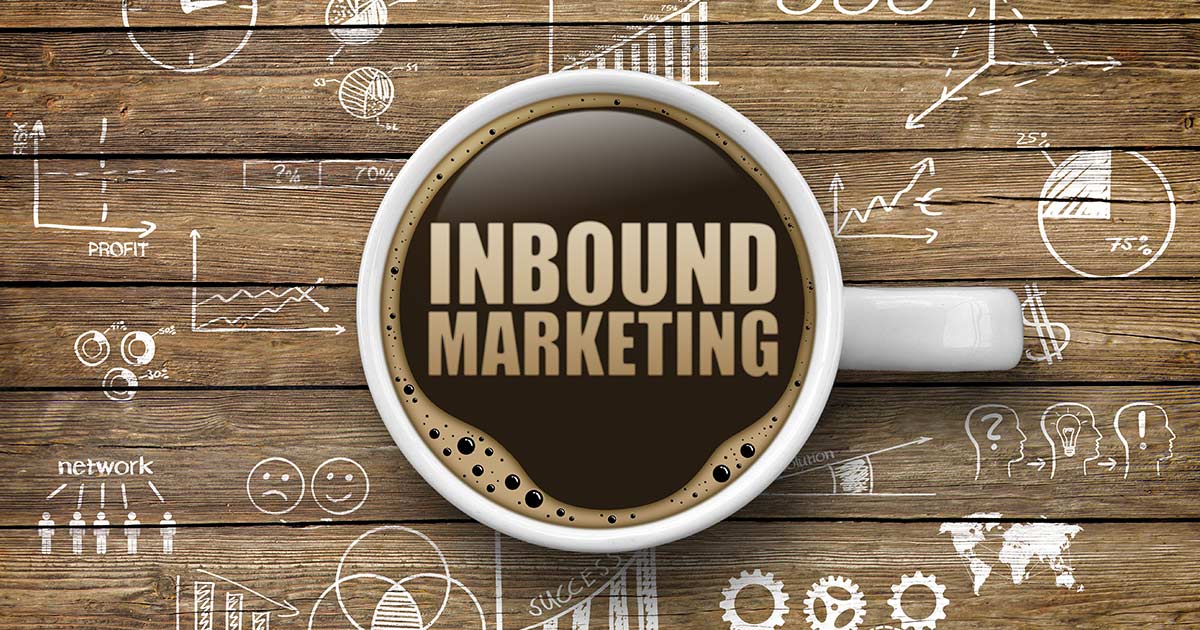Jumping into Inbound Marketing Without a Plan? Think Again.

Inbound marketing is a go-to strategy for businesses to attract, engage, and delight customers. However, many businesses make the mistake of jumping into inbound marketing without a plan, thinking it's an easy and inexpensive way to achieve their marketing objectives. They attempt ad campaigns, content marketing, and other brand-building efforts without developing an effective strategy, ultimately wasting time, effort, and money.
In this blog post, we'll explore why having an inbound marketing strategy is crucial and why jumping into inbound marketing without a plan is a bad idea. We'll also provide practical tips on how to create an effective inbound marketing strategy to achieve your goals and objectives.
The importance of inbound marketing
Before we dive into why a plan is critical for inbound marketing success, let's take a moment to consider why inbound marketing is so important. Inbound marketing is customer-centric, which means it focuses on creating a relationship between the customer and the brand. By providing valuable information and resources, businesses can attract potential customers, earn their trust, and build a loyal following. This approach is different from traditional outbound marketing tactics, which often rely on interrupting potential customers with ads and promotional messages.
Inbound marketing includes a variety of tactics, such as content marketing, SEO, social media marketing, email marketing, and more. These tactics work together to create a cohesive strategy that is designed to meet the needs of your target audience. When executed correctly, inbound marketing can help you:
- Attract qualified leads
- Build brand awareness
- Establish your business as a thought leader in your industry
- Increase customer retention and loyalty
- Drive revenue growth
The risks of jumping into inbound marketing without a plan
While inbound marketing can be an effective strategy for achieving your marketing goals, it's important to remember that success doesn't happen overnight. Many businesses make the mistake of jumping into inbound marketing without a plan, thinking they can quickly generate leads and build a loyal following. However, this approach can be risky for several reasons.
First, without a plan, you may not be targeting the right audience. Inbound marketing is all about creating content that solves your target audience's problems and addresses their pain points. If you don't have a clear understanding of who your target audience is and what they need, your content may not resonate with them, and you'll struggle to generate leads.
Second, without a plan, you may not be using the right tactics. Inbound marketing includes a variety of tactics, and not all of them will be right for your business. For example, if your target audience doesn't use social media, investing time and resources into social media marketing may not be the best use of your budget.
Finally, without a plan, you may not be measuring your results. Inbound marketing is data-driven, which means you need to measure your results to understand what's working and what's not. Without a plan in place for tracking and analyzing your data, you'll struggle to make informed decisions and optimize your strategy.
How to create a plan for inbound marketing success
To avoid the risks of jumping into inbound marketing without a plan, it's essential to take the time to develop a comprehensive strategy. So what goes into an effective inbound marketing strategy? Here are some steps you can take to create a plan for inbound marketing success:
-
Define your target audience:
Start by identifying who your ideal customer is and what their needs and pain points are. You need to understand the customer you are attempting to reach. This takes real-time metrics, research and data to develop the model of your target customer. This data will help you create elements within your plan to get customers to know, like and trust your brand. Trust builds loyalty, and loyalty converts and keeps customers. Every component of your plan should address buyer wants, needs and align with your overall business goals.
-
Set SMART goals:
SMART goals are essential for an inbound marketing strategy because they provide a clear direction and focus for your marketing efforts. By setting Specific, Measurable, Achievable, Relevant, and Time-bound goals, you can define what you want to achieve and when. This allows you to track your progress, measure success, and adjust your strategy accordingly. SMART goals also help to align your marketing efforts with your overall business objectives, ensuring that you are working towards the same goals as the rest of the organization. By setting SMART goals, you can ensure that your inbound marketing strategy is effective, efficient, and ultimately successful in driving business growth.
-
Create a budget:
Setting a budget for inbound marketing is crucial as it provides a framework for allocating resources and ensures that you have the necessary resources to execute your plan effectively. It helps track costs, measure success against goals, and optimize ROI. Moreover, setting a budget helps to avoid overspending and promotes accountability, efficiency, and productivity.
-
Do research keywords:
Your strategy should also include research on the keywords that attract your buyers. Using the right keywords will draw your buyers to your site like a fish to water. Keywords help build traffic, customer engagement and data for you to track. Use analytics to understand keyword usage and integrate those words into your SEO tactics and content to draw buyers to your information. -
Don't forget a competitive analysis:
A competitive analysis is essential in assessing your target market. You should know the intricacies of your competitors and how they do business, why they attract certain customers, how and why they lose customers, and how you can implement ways to do things better. The ultimate goal is to move those customers over to your platform.
-
Run a content audit:
No inbound marketing strategy can be successful without content. Your content must be relevant, engaging, meaningful and constantly updated. Your strategy should include variables for measuring how well your content is received, whether it is shareable and if it contributes to a memorable user experience. The keys to having great content is to make sure it positions you as an authority, it is error-free, answers questions and creates a venue where your audience wants more. Optimized content generates leads to draw and keep your target market entertained.
-
Choose the right tactics:
Choosing the right tactics is crucial for a successful inbound marketing strategy because it ensures that you are reaching your target audience in the most effective way possible. By selecting the tactics that are most likely to help you achieve your goals and reach your target audience, you can optimize your marketing efforts and increase your ROI. The right tactics can vary depending on your audience, your goals, and your budget, but may include social media marketing, content marketing, email marketing, SEO, and PPC advertising. By selecting the right tactics for your business, you can maximize the impact of your inbound marketing strategy and ensure that you are driving growth and achieving your objectives.
-
Don't forget the power of creativity
Creativity is important for inbound marketing strategy because it helps to differentiate your brand from competitors and capture the attention of your target audience. In today's crowded digital landscape, it's essential to stand out and make a lasting impression. Creative inbound marketing campaigns can help to achieve this by leveraging innovative ideas, compelling visuals, and engaging content. This can include anything from eye-catching social media graphics to interactive blog posts or even video content. Creative campaigns that resonate with your audience can generate buzz, increase engagement, and ultimately drive conversions. By incorporating creativity into your inbound marketing strategy, you can ensure that your brand stands out, captures attention, and ultimately drives business growth.
Having a plan in place is crucial to your success and an essential element in moving forward. Putting your plan into practice helps create a new perspective on getting things right. A detailed plan can also help you see where you have done things wrong, and can eliminate steps that have not produced positive results. With a strategic inbound marketing plan in place, you will create cost-effective techniques that will allow you to focus your efforts on tactics that are actionable and results-oriented while adding value, increasing exposure and strengthening your brand.
January 22, 2015
